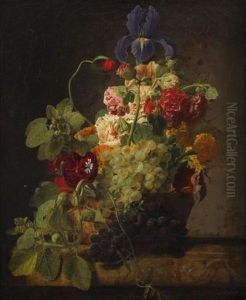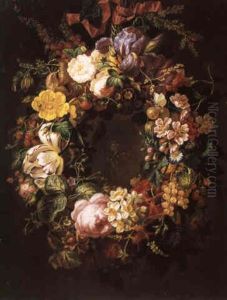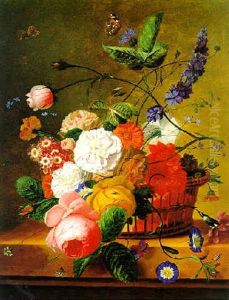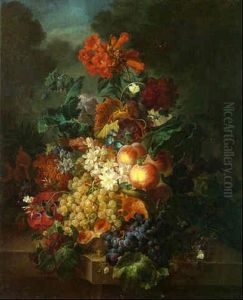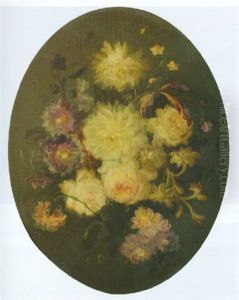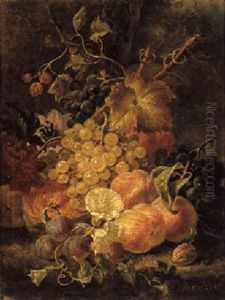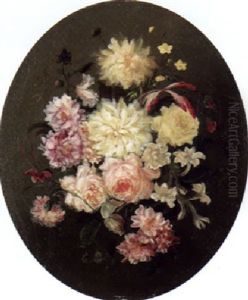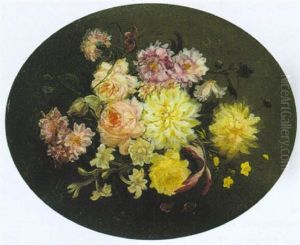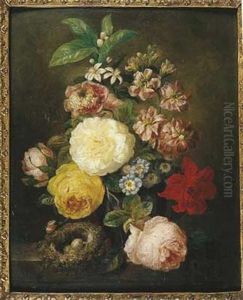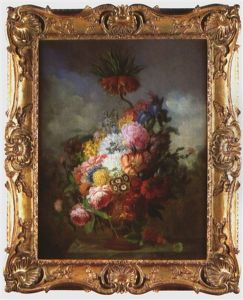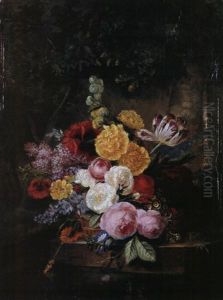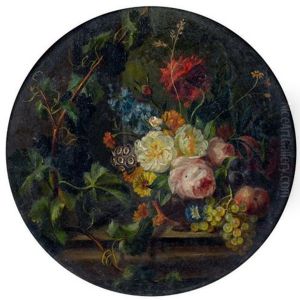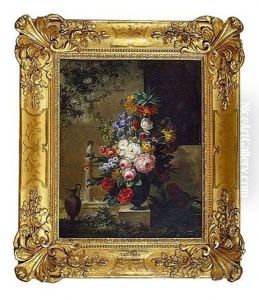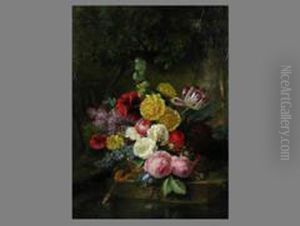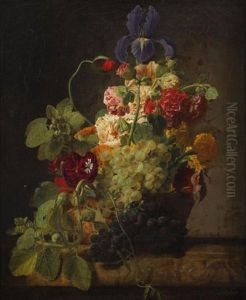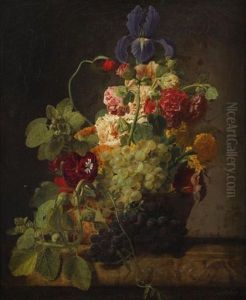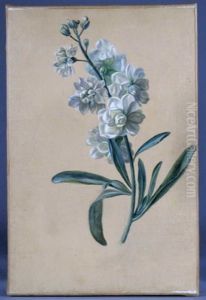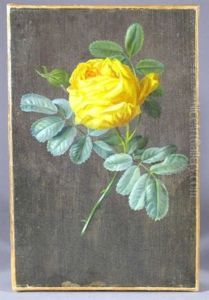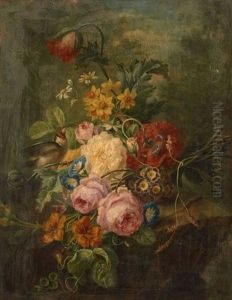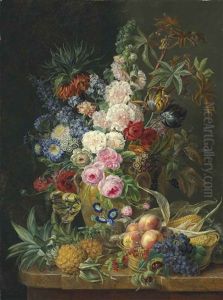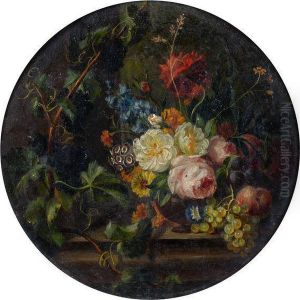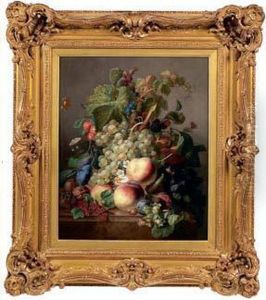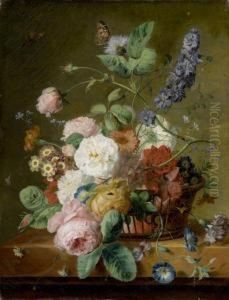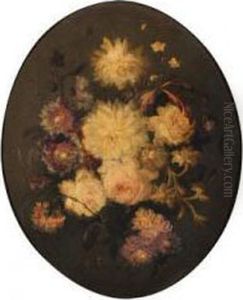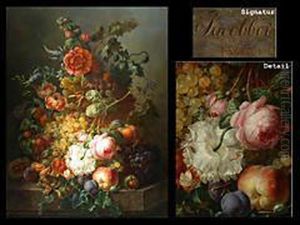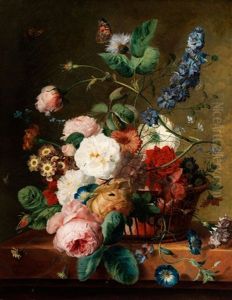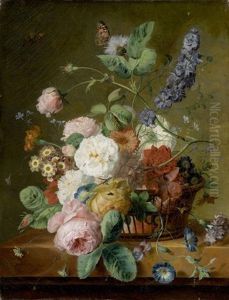Moise Jacobber Paintings
Moise Jacobber, a lesser-known figure in the 19th-century art world, was born in 1829. His life, much like his work, remains somewhat enigmatic, with few details available to fully construct his biography or trace his death. Jacobber was a French artist, and his artistic journey reflects the broader movements and trends of his time, notably participating within the realms of Realism and early Impressionism.
Jacobber's work primarily focused on genre scenes, landscapes, and still lifes. Despite the scarcity of extensive records about his life and career, it is evident from his surviving works that he possessed a keen eye for detail and a profound ability to capture the essence of everyday life. His paintings, characterized by their delicate brushwork and vibrant colors, highlight the influence of the Realist movement, which sought to depict subjects with truth and accuracy.
Throughout his career, Moise Jacobber exhibited in several notable salons and galleries, contributing to the artistic discourse of the time. However, he did not gain the same level of recognition as some of his contemporaries. The reasons behind this relative obscurity are multifaceted. Firstly, the art world of the 19th century was highly competitive, with numerous artists vying for patronage and acclaim. Secondly, the advent of Impressionism in the latter half of the century shifted the public's interest towards a new aesthetic, making it challenging for artists with a more traditional approach to maintain their relevance.
Despite these challenges, Jacobber's work has endured, appreciated by collectors and scholars for its contribution to the transitional period between Realism and Impressionism. His paintings offer a glimpse into the daily life of 19th-century France, serving as valuable historical documents as well as artistic achievements. The exact details of Moise Jacobber's death remain unclear, contributing to the mystery surrounding his life and work. Nonetheless, his artistic legacy continues to be studied and admired, offering insights into the nuanced and evolving landscape of French art during his lifetime.
